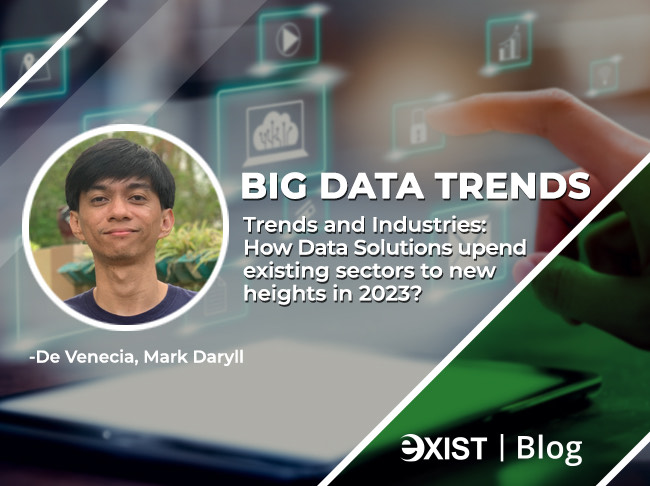Data Warehouse and E-commerce
Imagine a large e-commerce company that has been operating for several years. Over time, the company has accumulated vast amounts of data from various sources such as customer transactions, website interactions, inventory management systems, and marketing campaigns. These data sources are spread across multiple databases, applications, and departments within the company.
As the company grows, the management team realizes that they need a unified and centralized view of their data to gain meaningful insights and make data-driven decisions. They also face challenges in extracting, transforming, and loading (ETL) data from different sources, which are crucial for performing complex analytics and generating accurate reports.
Furthermore, their current systems lack the scalability and performance required to handle the increasing volume and complexity of data. Queries on their operational databases are becoming slower and affecting the overall user experience. The company recognizes the need for a solution that can handle large data volumes, support complex queries, and provide fast response times.
At what stage should you be considering a Data Warehouse? As per described in our data maturity analysis.
In this scenario, the organization may already be considering a Data Warehouse or realizing the need for one. A Data Warehouse can act as a central repository for all their disparate data sources, enabling them to integrate, consolidate, and organize the data in a structured and optimized manner. With a Data Warehouse, they can design efficient ETL processes, transform and cleanse data, and store it in a format suitable for analytics and reporting.
So if you are at this stage you may already be considering or need a Data Warehouse.
There are several compelling reasons why a business can benefit from implementing a data warehouse, particularly with Microsoft Azure. Here are some key reasons:
- Centralized Data Storage: A data warehouse provides a centralized repository for storing large volumes of structured and unstructured data from various sources. It enables organizations to consolidate data from disparate systems, databases, and applications into a single location, making it easier to manage and analyze data.
- Improved Data Accessibility: By using Microsoft Azure, a data warehouse can be hosted in the cloud, offering accessibility from anywhere at any time. This enables employees to access and analyze data using familiar tools and interfaces, fostering collaboration and data-driven decision-making across departments and locations.
- Scalability and Performance: Azure provides scalability features, allowing the data warehouse to grow and handle increasing data volumes effortlessly. With Azure’s elastic scaling capabilities, businesses can adjust the computing resources allocated to the data warehouse, ensuring optimal performance and response times, even with large datasets and complex queries.
- Advanced Analytics and Reporting: A data warehouse provides a solid foundation for advanced analytics and reporting. By integrating Azure services like Azure Synapse Analytics, Power BI, and Azure Machine Learning, businesses can gain powerful insights from their data. They can perform complex data transformations, run sophisticated analytics, build interactive dashboards, and develop machine learning models to drive data-based decision-making.
- Data Integration and Transformation: A data warehouse offers robust data integration and transformation capabilities. With Azure Data Factory, businesses can efficiently extract data from various sources, transform it into a consistent format, and load it into the data warehouse. This enables organizations to combine data from different systems, ensuring data consistency and integrity for analysis and reporting purposes.
- Data Security and Compliance: Azure provides robust security measures to protect data in transit and at rest. It offers encryption, identity, and access management, and compliance certifications to meet industry-specific regulations. Implementing a data warehouse on Azure ensures data security and compliance with privacy laws, enhancing trust and mitigating potential risks.
- Cost Optimization: Azure’s pay-as-you-go model allows businesses to optimize costs by scaling resources based on demand. Data warehousing on Azure eliminates the need for upfront hardware investments, reduces maintenance costs, and enables organizations to pay only for the storage and computing resources they use.
- Real-time Data Insights: Azure provides real-time data processing capabilities through services like Azure Stream Analytics and Azure Event Hubs. By integrating these services with the data warehouse, businesses can gain timely insights from streaming data, enabling real-time decision-making and enhancing operational efficiency.
In summary, implementing a data warehouse with Microsoft Azure offers centralized data storage, improved accessibility, scalability, advanced analytics capabilities, data integration, security, cost optimization, and real-time insights. These benefits empower businesses to unlock the full potential of their data, make informed decisions, and gain a competitive edge in today’s data-driven world.
Like one of our clients, the Universities Project. By leveraging Microsoft Azure Synapse, Universities can build a powerful student information system that centralizes data storage, improves accessibility, enables scalability, offers advanced analytics capabilities, integrates data from various sources, ensures security, optimizes costs and provides real-time insights. This comprehensive solution enhances administrative efficiency, supports data-driven decision-making, and fosters student success initiatives.
Exist Data Solutions offers custom project-based development services, tailored fit data solutions, and consulting services. Exist can assist you with all your data management needs. Click here to learn more about Exist Data Solutions.






